I am not a food-maniac who eats a great variety of foods. Nor am I a food snob. It just so happens that I love tasty food. Tasty and healthy food.
No, make that tasty and healthy home-cooked food.
During the few years when I had a presence in Facebook, I regularly posted photographs of tasty foods prepared at home, in an album titled “sanitas per escam”. In my intellectual grazing, I had picked up this Latin phrase somewhere and it appealed to me because it meant “health through food.” I posted photos of healthy and tasty foods, like:

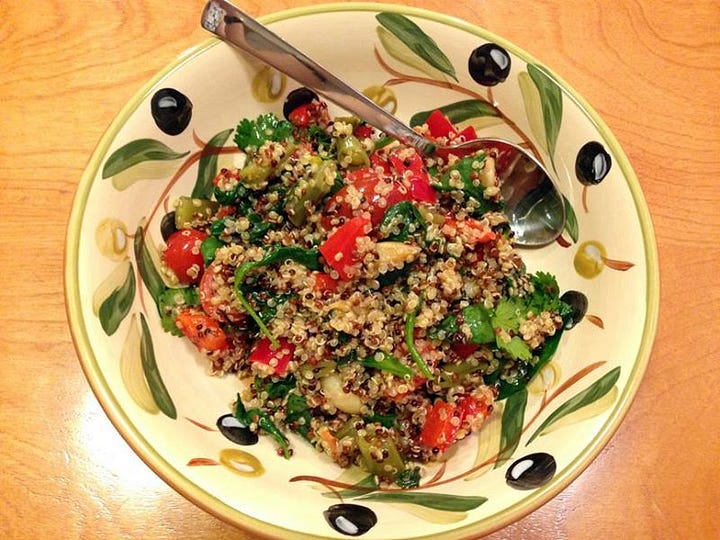
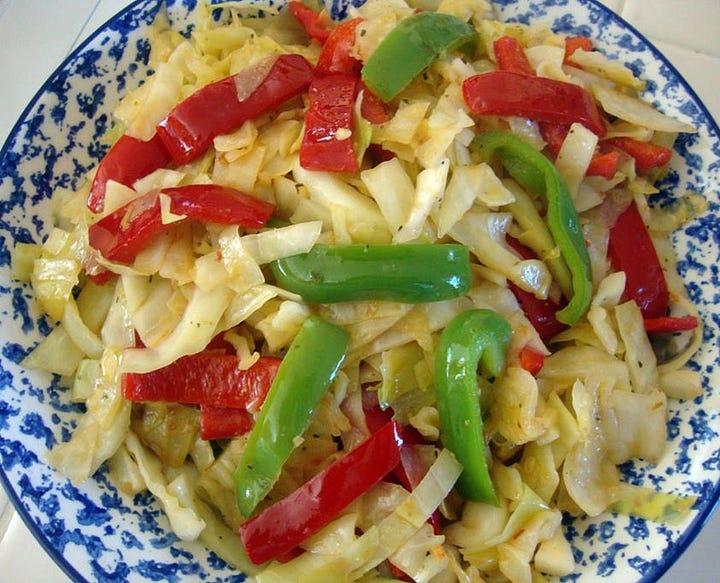
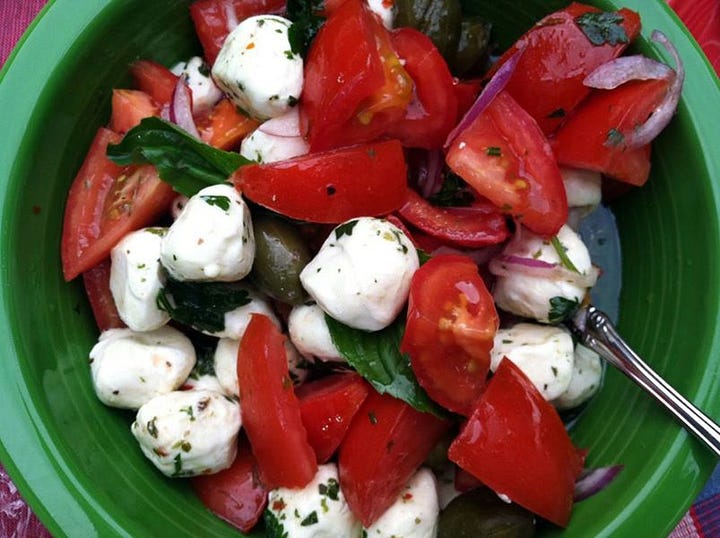
But, I suppose even buying groceries and vegetables and fruits in order to cook at home is becoming rarer by the day. Fancy kitchens seem to be more for decorative purposes than for cooking at home, it feels like. With expensive kitchen gadgets rarely used, or under-used at best, and with people increasingly having sleep issues in the bedrooms, a home is not one’s castle but is rapidly becoming an unhealthy living environment!
Cooking has become quick and easy thanks to the availability of semi-processed ingredients. Something my grandmothers, and even my mother for most of my growing up years, did not have access to. For instance, unlike my elders, I do not have to soak garbanzo beans (channa) overnight in order to cook it the following day. Instead, the tough work that I have do is to open the damn cans! Or, how about coconut that is ready for me in the freshly grated and frozen bags, or as canned coconut milk. I do not even need to chop up the green beans, but can pick up packets of cut beans or the French-sliced ones, which is the best thing since sliced bread ;)
When we process and cook our own meals, we know exactly what we are doing. Chances are that this is the best way to practice sanitas per escam. because we are the ones who decide how much of salt, sugar, fat, and whatever else goes into making healthy and tasty dishes and desserts.
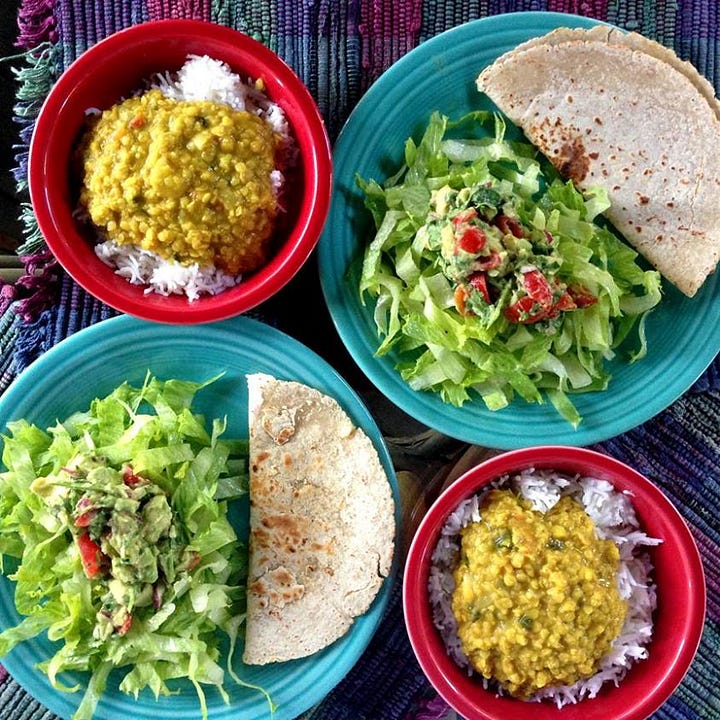
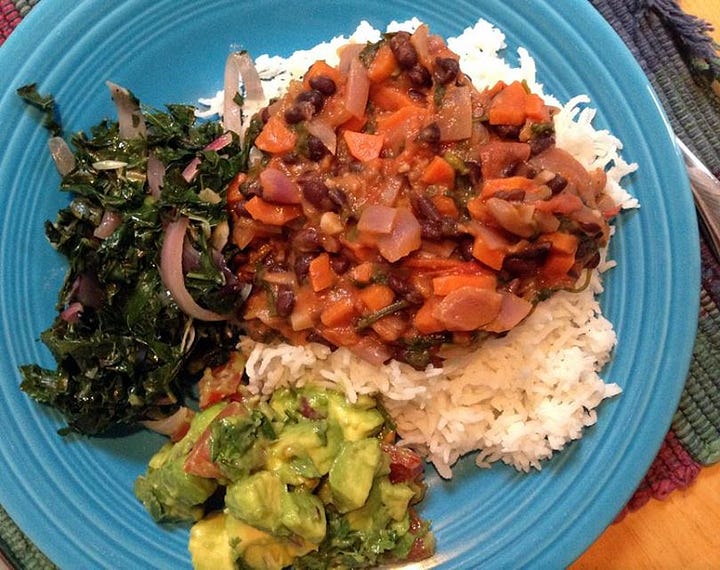
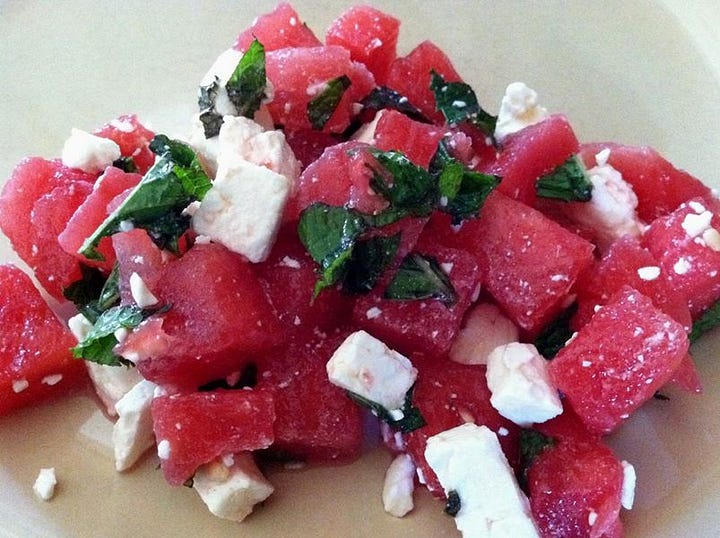

Here in the US, ultra-processed foods have come to dominate the diet.
And ultra-processed foods include more than just the obvious suspects, like chips, candy, packaged desserts and ready-to-eat meals. The category also includes foods that some consumers might find surprising, including Honey Nut Cheerios and other breakfast cereals, packaged white bread, jarred sauces, yogurt with added fruit, and frozen sausages and other reconstituted meat products.
Pick up one of those fruity yogurt products in the supermarket and you will be shocked by the added sugars, in addition to the list of chemicals in the ingredients. Yoplait’s strawberry yogurt, for instance, has 13 grams of added sugar. One teaspoon of sugar is about 4 grams, which means that with that small serving of yogurt comes about 3.5 teaspoons of sugar, along with a few chemicals! A daily morning breakfast of Honey Nut Cheerios, flavored yogurt, and a Frappucino could easily be the shortcut to the cardiologist’s office!
NPR reports that “ultra-processed foods currently make up nearly 60% of what the typical adult eats, and nearly 70% of what kids eat.”
The category includes everything from cookies and sodas to jarred sauces, cereals, packaged breads and frozen meals, even ice creams. You might not realize you're eating one, but look close and you'll see many ingredients you wouldn't find in your kitchen – think bulking agents, hydrolyzed protein isolates, color stabilizers, humectants.
I like how this Washington Post report explains the danger of ultra-processed food:
Would you eat food that’s been predigested?
Experts say that’s what we’re doing when we consume many popular packaged foods — those breads, cereals, snack chips and frozen meals that have been refined, pounded, heated, melted, shaped, extruded and packed with additives. …
This extreme processing creates foods that are so easily absorbed by the body that they’re essentially predigested. Many foods also are engineered to overcome our satiety mechanisms, which drives us to overeat and gain weight, experts say.
Predigested food! Thanks to “extrusion cooking”:
Cooking extruders contain rotating screws inside a large steel barrel. Flour, water and other ingredients are poured into one side of the machine as the rotating screws blend and force the mixture through the barrel.
While the process can vary, the machine typically twists and heats the mixture, generating intense pressures, shear forces and temperatures that melt the mixture. This process disrupts the food matrix of the starch: It breaks open the rigid cell walls inside the starch and destroys its microscopic granules, which contain long chains of glucose, a type of sugar.
Eventually, the “melt,” as the mixture inside the cooking extruder is called, is forced out of the machine through a small hole called a die. As it exits, the melt encounters a drop in atmospheric pressure that causes it to expand.
The final product, called the “extrudate,” can be shaped into an endless variety of ultra-processed foods: breakfast cereals, corn chips and puffs, snack bars, cookies, doughnuts, croutons, breadsticks, baby foods and more.
Extrusion technology is efficient and economical. It allows manufacturers to make a wide range of shelf-stable, ready-to-eat foods.
Our digestive process gets messed up:
Extrusion cooking turns grains and starches into wads of carbohydrate that can be easily chewed without sticking to your teeth, allowing for faster eating, swallowing and absorption, said David Kessler, the former head of the Food and Drug Administration and the author of “Fast Carbs, Slow Carbs.”
But perhaps most importantly, these foods are used as “delivery devices” for sugar, salt, fat and countless flavors and additives. They serve as a “palette,” said Kessler, for the “rainbow of flavors” that food companies use to make their products irresistible in a way that can trigger compulsive eating.
We can blame the manipulative practices of the food industry for all we want, and they deserve to be blamed. But, at some point, we need to look at our own selves in the mirror and realize that we have met the enemy.
Back in my professorial days, whenever the context came up, I would remind students to think about ultra-processed foods. As an example, I would compare the price of Coke to the price for my favorite variety of apple—the Honeycrisp. A huge size of the fizzy, sugary, liquid is typically cheaper than an apple, eating which, we were told, is a good way to keep the doctor away.
This combination of our biological drive to get as much calories as possible, and as quickly as possible, and the contemporary availability of inexpensive ultra-processed calories is becoming a disaster of epic proportions.


